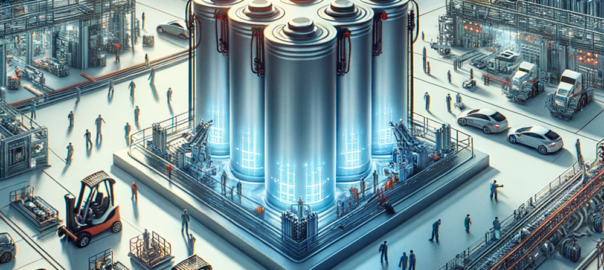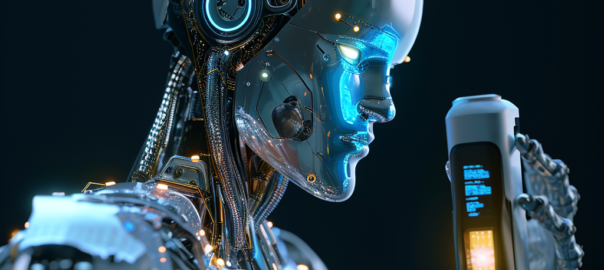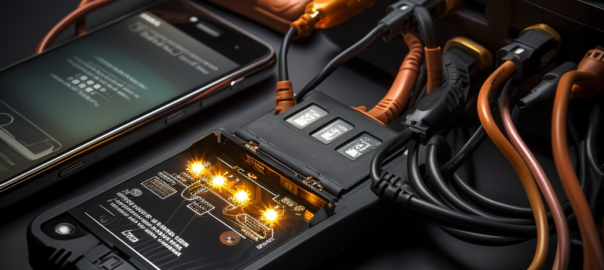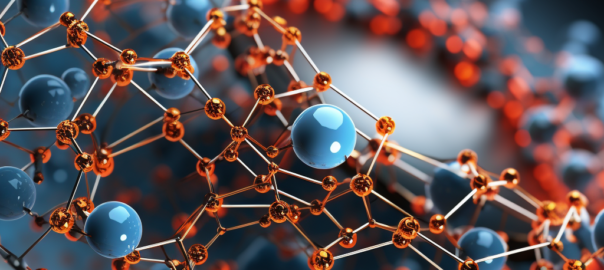As the world shifts towards greener and more sustainable energy solutions, Electric Vehicles (EVs) have become an integral part of the global transportation ecosystem. With a growing number of car manufacturers and consumers embracing EVs, the demand for efficient, long-lasting, and rapidly charging batteries is on the rise. Lithium-ion (Li-ion) batteries, with their high energy density and long life cycle, have been at the forefront of the electric revolution.
Li-ion batteries, however, are not without their limitations. One of the most significant drawbacks of Li-ion batteries in EV applications is the amount of time it takes to recharge them. Consumers accustomed to quickly filling up their gasoline tanks may find it inconvenient to wait several hours for their EVs to recharge fully.
Researchers have been exploring various avenues to address this limitation, including the development of battery chemistries with higher energy density, designing advanced charging infrastructure, and employing innovative charging techniques. One such approach that has garnered attention is the utilization of cathode cracks in Li-ion batteries to speed up the charging process.
Contents
The Importance of Li-ion Batteries in EVs
2.1 Energy Density
One of the primary reasons Li-ion batteries are favored for EV applications is their high energy density. Energy density is a measure of the amount of energy a battery can store for a given volume or weight. Li-ion batteries have a significantly higher energy density than older battery technologies like lead-acid or nickel-cadmium. This allows EVs to achieve longer driving ranges on a single charge, making them a more viable option for consumers who are used to the range of gasoline-powered vehicles.
2.2 Life Cycle
Another advantage of Li-ion batteries is their relatively long life cycle compared to other battery types. A battery’s life cycle is defined as the number of complete charge-discharge cycles it can undergo before its capacity reduces to a specific percentage of its original capacity, usually 80%. Li-ion batteries can typically endure hundreds to thousands of charge-discharge cycles, making them suitable for long-term use in EVs.
2.3 Charge and Discharge Rate
Charge and discharge rates are crucial parameters for any battery, and especially so for EV applications where rapid acceleration and regenerative braking are common. Li-ion batteries have a favorable charge and discharge rate, allowing them to provide quick bursts of energy for acceleration and effectively store energy during braking. However, charging speed remains a challenge, with most EVs requiring several hours for a full charge.
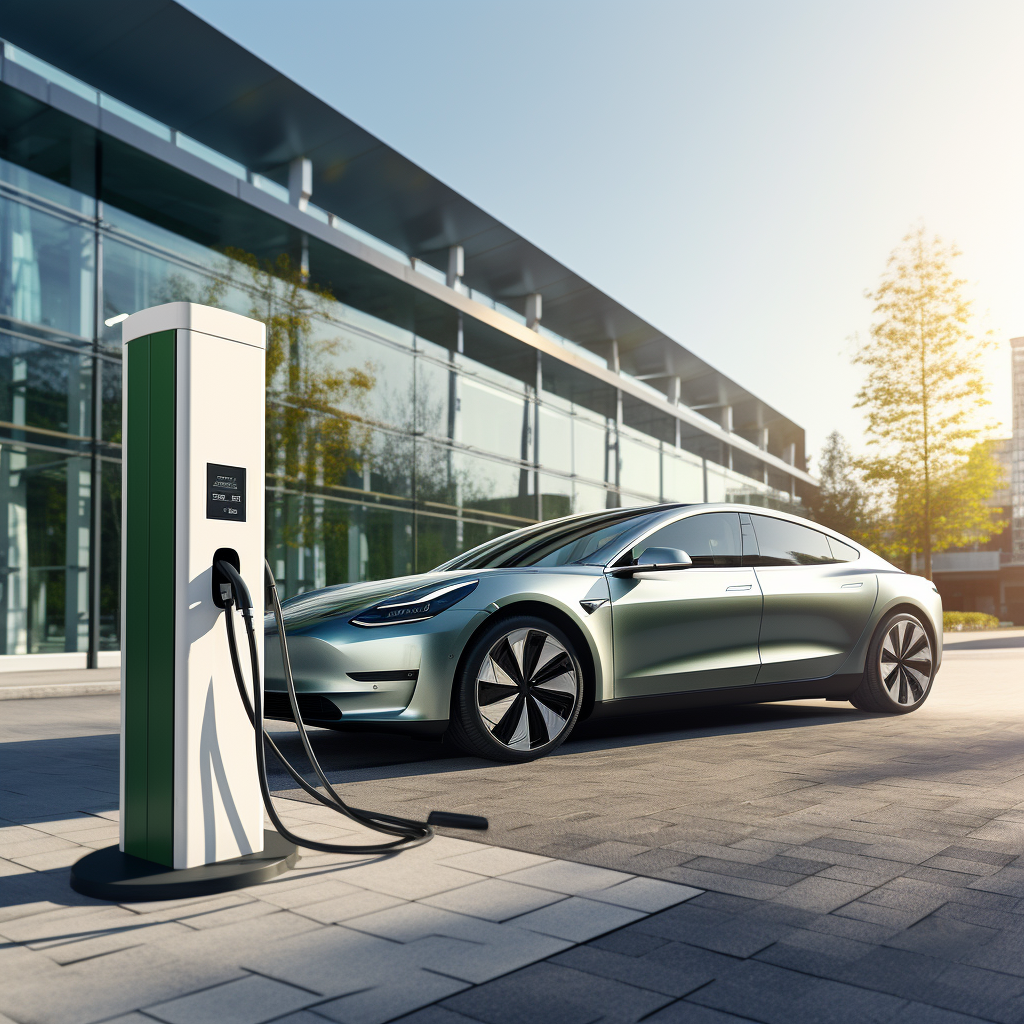
The Challenge of Charging Speed
3.1 Why Fast Charging is Desired
Fast charging is a critical factor in the widespread adoption of EVs. It makes EVs more convenient for consumers who may not have the time or facilities for long charging sessions. Fast charging reduces downtime and allows EVs to be used for longer trips without extended breaks. It is particularly important for commercial fleets where time is money.
3.2 Factors Affecting Charging Speed
Several factors can influence the charging speed of an EV battery, including the battery chemistry, temperature, state of charge, and the charging infrastructure. For example, some battery chemistries can handle higher charging currents than others without damaging the battery. Temperature can also play a role, as charging at extremely high or low temperatures can impact battery performance and safety.
Understanding Li-ion Battery Cathode Cracks
4.1 What Causes Cathode Cracks?
As Li-ion batteries charge and discharge, lithium ions move between the anode and the cathode. Over time, this repeated movement can cause mechanical stress on the battery’s electrodes, leading to the formation of cracks in the cathode. These cracks are usually considered a sign of degradation and can negatively impact the battery’s performance and safety.
4.2 How Cathode Cracks Impact Battery Performance
Cathode cracks can affect battery performance in several ways. They can increase the battery’s internal resistance, leading to less efficient energy transfer and reduced overall capacity. In some cases, they may also increase the risk of short circuits within the battery, posing potential safety hazards.
How Cathode Cracks Speed Up Charging
5.1 Theoretical Explanation
Interestingly, while cathode cracks are typically associated with degradation and reduced performance, they can also have a positive effect on charging speed. When cracks form in the cathode, they increase the electrode’s surface area, allowing for a larger number of lithium ions to be accommodated simultaneously. This increase in active surface area can enable the battery to accept higher charging currents, thereby reducing the time required for a full charge.
In essence, the cracks act as “shortcuts” for lithium ions, bypassing some of the longer pathways through the electrode material and reducing the distance they need to travel. As a result, more lithium ions can move into the cathode at a faster rate, leading to quicker charging times.
5.2 Real-World Implications
The impact of cathode cracks on charging speed can be significant. In some cases, batteries with cracked cathodes have been observed to charge up to 40% faster than their intact counterparts. This reduction in charging time can make EVs more convenient for users, particularly those who may not have access to overnight charging facilities or need to recharge their vehicles quickly during the day.
However, it is essential to note that the accelerated charging enabled by cathode cracks comes with potential trade-offs. While the cracks can speed up charging, they can also exacerbate degradation and reduce the overall lifespan of the battery.
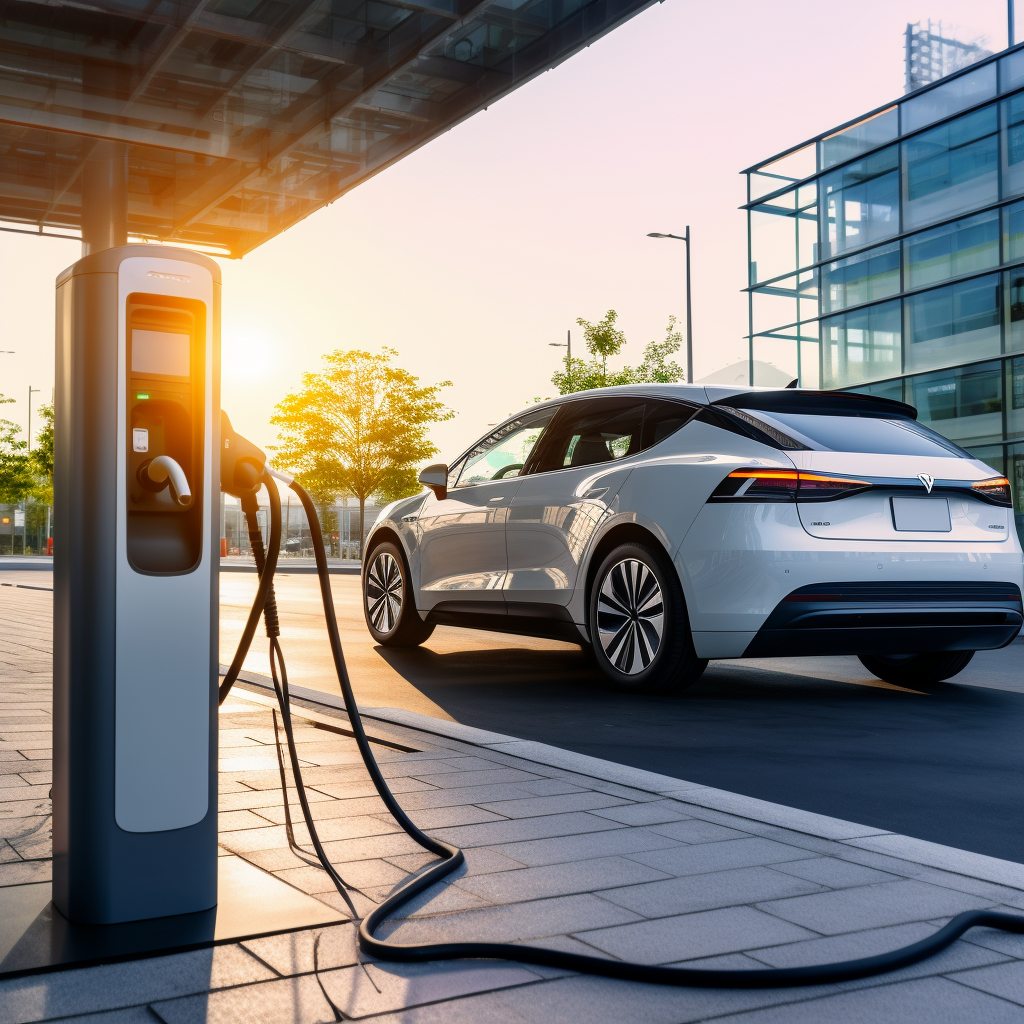
The Potential Risks of Faster Charging via Cathode Cracks
6.1 Degradation
As mentioned earlier, cathode cracks are typically associated with battery degradation. By enabling faster charging, the cracks may further stress the battery, leading to a more rapid decline in capacity and overall performance. The increased current flowing through the cracked cathode can accelerate the chemical reactions that cause degradation, reducing the battery’s life cycle.
6.2 Safety Issues
Higher charging currents can also raise the temperature within the battery, increasing the risk of thermal runaway—a phenomenon where the battery’s temperature increases uncontrollably, leading to potential fire or explosion. The presence of cracks can make it easier for heat to spread throughout the battery, exacerbating the risk of thermal runaway. Moreover, the cracks may increase the risk of short circuits, further compromising the battery’s safety.
Alternative Approaches to Faster Charging
7.1 Research and Developments
Researchers are exploring various approaches to achieve faster charging without compromising battery performance or safety. Some of these approaches include the development of new battery chemistries, the use of advanced electrode materials, and the design of innovative battery structures. By addressing the root causes of slow charging, these approaches aim to improve charging speeds while minimizing the risks associated with faster charging.
7.2 Future Prospects
The future of EV battery technology holds great promise. With ongoing research and development, it is likely that we will see significant advancements in charging speed, energy density, and overall battery performance. As battery technology continues to improve, EVs will become an even more attractive and viable option for consumers, contributing to the global shift towards sustainable transportation.
Conclusion
As the electric vehicle revolution gathers pace, there is a growing demand for faster charging solutions to make EVs more convenient and user-friendly. While cathode cracks in Li-ion batteries can offer a quicker charging solution, they also come with potential risks, including accelerated degradation and safety concerns.
As with any technology, it is essential to strike a balance between performance, convenience, and safety. Researchers continue to explore alternative approaches to achieve faster charging without compromising the lifespan or safety of the battery. With ongoing advancements in battery technology, we can expect to see more reliable and efficient charging solutions in the future.
Ultimately, faster charging is just one piece of the puzzle in the broader effort to transition to cleaner, more sustainable transportation options. By addressing the challenges associated with battery technology and charging infrastructure, we can pave the way for a greener and more sustainable future.
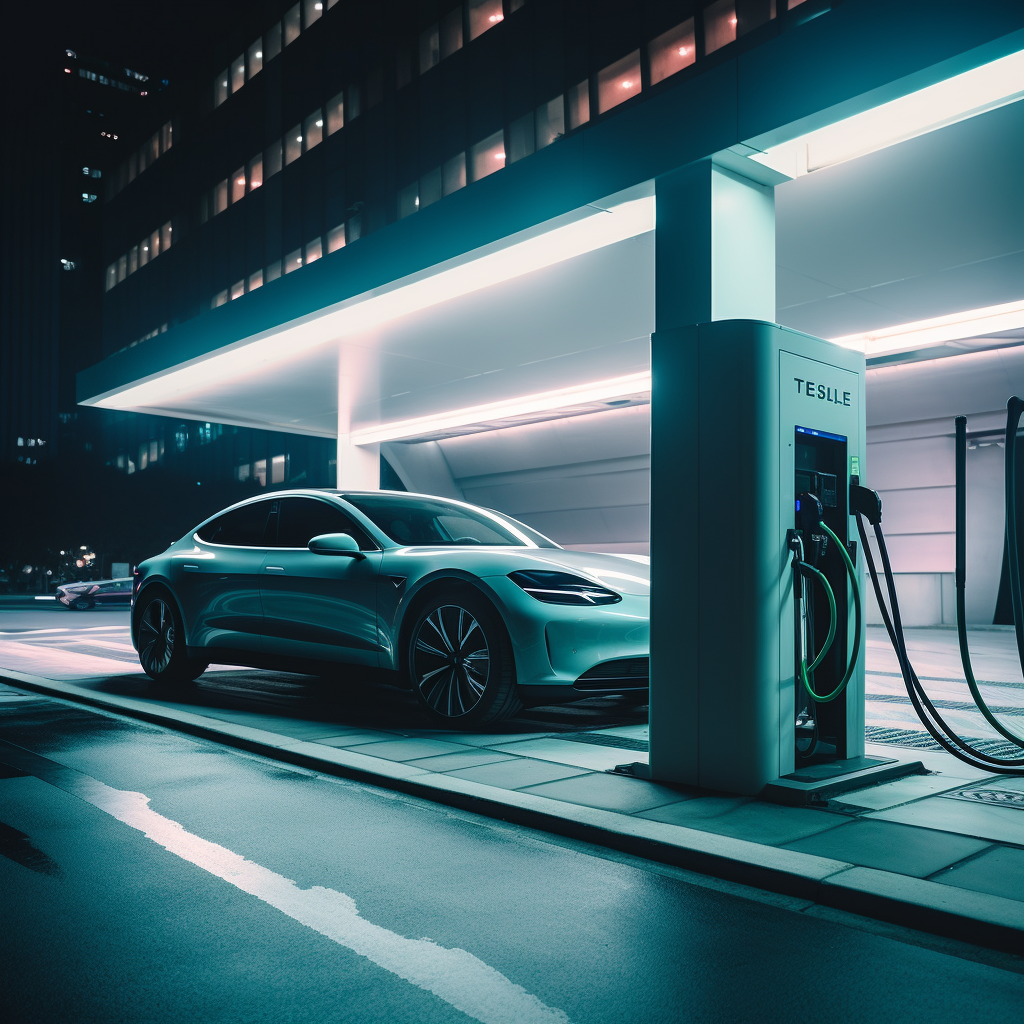
FAQs
Q1: What are cathode cracks in Li-ion batteries?
A1: Cathode cracks in Li-ion batteries are fractures or fissures that form in the cathode material due to mechanical stress, often caused by the repeated movement of lithium ions between the anode and cathode during charge and discharge cycles.
Q2: How can cathode cracks speed up charging in Li-ion batteries?
A2: Cathode cracks can increase the active surface area of the cathode, enabling a larger number of lithium ions to be accommodated simultaneously. This allows the battery to accept higher charging currents, reducing the time required for a full charge.
Q3: What are the potential risks of using cathode cracks for faster charging?
A3: While cathode cracks can speed up charging, they can also exacerbate battery degradation and reduce the overall lifespan of the battery. Additionally, higher charging currents can raise the temperature within the battery, increasing the risk of thermal runaway and short circuits.
Q4: Are there alternative approaches to achieving faster charging in Li-ion batteries?
A4: Yes, researchers are exploring various approaches to achieve faster charging without compromising battery performance or safety. Some of these approaches include the development of new battery chemistries, the use of advanced electrode materials, and the design of innovative battery structures.
Q5: What is thermal runaway?
A5: Thermal runaway is a phenomenon where a battery’s temperature increases uncontrollably, leading to a chain reaction that can result in a fire or explosion. It can occur due to various factors, including high charging currents, high temperatures, and internal short circuits.

